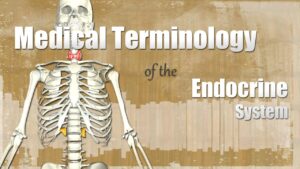Effect of fasting on fat burn, insulin sensitivity and brain’s health. Methods and tips for safe and effective fasting. This video is available for instant download licensing here : https://www.alilamedicalmedia.com/-/galleries/narrated-videos-by-topics/health-and-fitness/-/medias/97a86f65-94a2-4908-af5b-375b80a75b8b-intermittent-fasting-narrated-animation ©Alila Medical Media. All rights reserved. Voice by: Ashley Fleming All images/videos by Alila Medical Media are for information purposes ONLY and are NOT intended to replace professional medical advice, diagnosis or treatment. Always seek the advice of a qualified healthcare provider with any questions you may have regarding a medical condition. Intermittent fasting refers to eating plans that alternate between fasting and eating periods. The goal is to systematically starve the body long enough to trigger fat burning. While research is still underway and the method may not be suitable for everyone, there is evidence that, when done correctly, intermittent fasting can help lose weight, lower blood pressure and cholesterol, prevent or control diabetes, and improve brain’s health. During a meal, carbohydrates in food are broken down into glucose. Glucose absorbs through the intestinal wall into the bloodstream and is transported to various organs, where it serves as the major energy source. Excess glucose is stored for later use in the liver and adipose tissue, in the form of glycogen and fats. In between meals, when the body is in the fasted state, the liver converts glycogen back to glucose to keep supplying the body with energy. Typically, an inactive person takes about 10 to 12 hours to use up the glycogen stores, although someone who exercises may do so in much less time. Once the reserve of glycogen in the liver is depleted, the body taps into energy stores in adipose tissues. This is when fats are broken down into free fatty acids which are then converted into additional metabolic fuel in the liver. Thus, if the fasted state lasts long enough, the body burns fat for energy and loses that extra fat. Losing the extra fat is translated into a range of associated health benefits. Insulin is the hormone required for driving glucose into cells. Insulin level is regulated to match the amount of glucose in the blood, that is, high after a meal and low between meals. Because insulin is secreted after each meal, eating throughout the day keeps insulin levels high most of the time. Constant high insulin levels may de-sensitize body tissues, causing insulin insensitivity – the hallmark of prediabetes and diabetes type 2. Fasting helps keep insulin levels low, reducing diabetes risks. Fasting also has beneficial effect on the brain. It challenges the brain the same way physical or cognitive exercise does. It promotes production of neurotrophic factors, which support the growth and survival of neurons. Fasting, however, is not for everyone. Fasting can also be unsafe if overdone, or if not done correctly. There are several approaches to intermittent fasting, but the easiest to achieve is perhaps the one that simply extends the usual nighttime fast. A daily cycle of 16-hour fast followed by a 8-hour eating window is usually sustainable. For intermittent fasting to be safe and effective, it must be combined with balanced meals that provide good nutrition. It is important to stay hydrated, and know your physical limits while fasting. The fast must be broken slowly. Overeating after fast, especially of unhealthy foods, must be avoided.
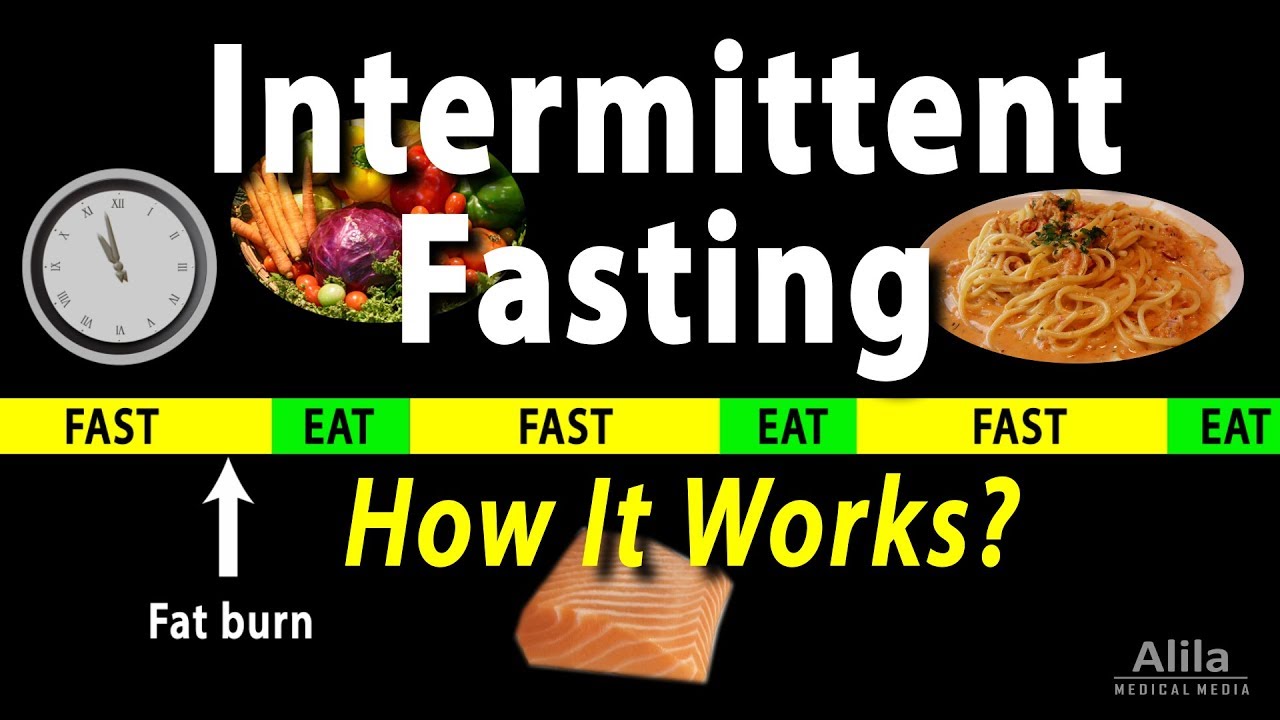
Intermittent Fasting & Fasting Video – 7
- Post author:
- Post published:May 13, 2021
- Post category:Uncategorized
- Post comments:0 Comments
You Might Also Like

The science behind hair loss

Better Running and Stretching Tips for New Runners
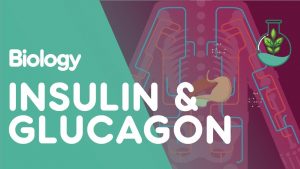
Insulin and Glucagon | Physiology | Biology | FuseSchool

Split Stance Bent Over Dumbbell Row

SIMPLE TRUTH: SHOULD YOU TAKE CREATINE & WHICH IS BEST – Side Effects | Lex Fitness

Goalkeeper Training: Game Warm up
Diabetes

Health And Fitness Video – 1

Introduction to Endocrine System

Why do our bodies need protein?

What is liver fibrosis?
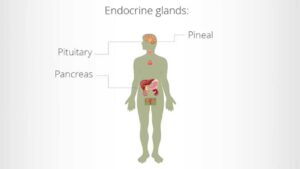
How to Balance Your Hormones Naturally

General Surgery Video – 5

What are lipids?

Healthy Pregnancy Diet | Parents

Seated Bent Over Dumbbell Row

5 Vegetables High in Omega 3

Human Body, Body Building Muscle Building Anatomy Physiology Video – 18

Uses of Cheapest Vitamin B Complex with B12 NEUROBION FORTE

What is fat
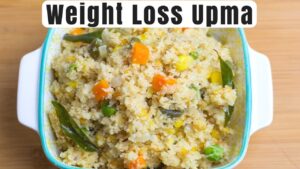
Fat Loss Weight Loss Video – 5
Special Population Nutrition

Minerals – What Are Minerals – What Do Minerals Do – What Are The Essential Minerals

Advantages Of Yoga Video – 5

DNA – What is DNA? – Basics of DNA
![Read more about the article [Preview] What really causes heart disease?](https://videos.drmaheshkumar.com/wp-content/uploads/2021/05/Preview-What-really-causes-heart-disease-300x225.jpg)
[Preview] What really causes heart disease?

Shawn Rhoden’s Overhead Dumbbell Tricep Extension

5-Minute Workout That Replaces High-Intensity Cardio

How to Do a Seated Calf Raise | Female Bodybuilding

Erectile Dysfunction: Treatment Options for Erectile Dysfunction

Skating Video – 2

Crunches-3
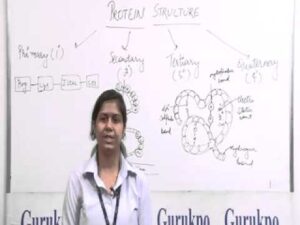
Protein Structure-B.Sc., M.Sc. Lecture by Ms. Madhuri Sharma.

Physical Fitness Defined | The Definition of Physical Fitness

Overweight & Obesity Video – 30
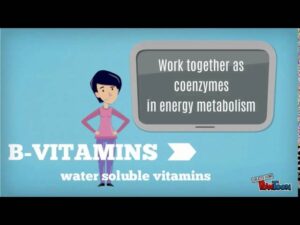
Summary of Vitamin Functions and Sources

Nerveous System And Stress Management Asanas Video – 6

Exercise Anatomy Video – 2
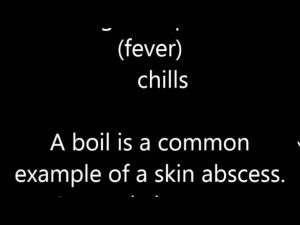
Abscess Symptoms

How to Do Overhead Dumbbell Triceps Extensions

Definition of repetition
